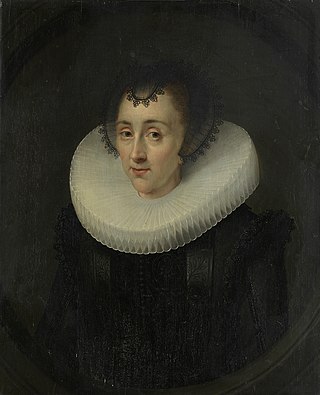
The Rijksmuseum is the national museum of the Netherlands dedicated to Dutch arts and history and is located in Amsterdam. The museum is located at the Museum Square in the borough of Amsterdam South, close to the Van Gogh Museum, the Stedelijk Museum Amsterdam, and the Concertgebouw.

Anthonij "Anton" Rudolf Mauve was a Dutch realist painter who was a leading member of the Hague School. He signed his paintings 'A. Mauve' or with a monogrammed 'A.M.'. A master colorist, he was a very significant early influence on his cousin-in-law Vincent van Gogh.

The Hague School is a group of artists who lived and worked in The Hague between 1860 and 1890. Their work was heavily influenced by the realist painters of the French Barbizon school. The painters of the Hague school generally made use of relatively somber colors, which is why the Hague School is sometimes called the Gray School.

Isaac Lazarus Israëls was a Dutch painter associated with the Amsterdam Impressionism movement.

Amsterdam Impressionism was an art movement in late 19th-century Holland. It is associated especially with George Hendrik Breitner and is also known as the School of Allebé.

Annie Caroline Pontifex Fernhout-Toorop, known as Charley Toorop, was a Dutch painter and lithographer.

August Allebé was an artist and teacher from the Northern Netherlands. His early paintings were in a romantic style, but in his later work he was an exponent of realism and impressionism. He was a major initiator and promoter of Amsterdam Impressionism, the artist's association St. Lucas, and the movement of the Amsterdamse Joffers. Amsterdam Impressionism – sometimes referred to by art historians as the School of Allebé – was the counterflow to the very strong Hague School in the movement of Dutch Impressionism. As a professor at the Royal Academy of Amsterdam he fostered a cosmopolitan attitude toward art and the promotion and motivation of his students, and provided a significant stimulus to developments in modern art.

Victor Eugène Louis de Stuers was a Dutch art historian, lawyer, civil servant and politician. Widely regarded as the father of historic preservation in the Netherlands, he played a notable part in keeping Girl with a Pearl Earring, by Vermeer, from being sold abroad.

The Portrait of an African Man also known as Portrait of a Moor is a painting by the Dutch Renaissance painter Jan Mostaert. Mostaert probably made the painting between c. 1525 and 1530, or slightly earlier. The exact subject of the painting has long been unclear, although numerous ideas have been put forward, including that the depicted figure is a soldier, a nobleman or Saint Maurice. The portrait is significant in that it may portray the earliest surviving portrait of a specific black man in European painting, though Saint Maurice, and Balthazar of the Three Kings or Biblical Magi, had long been usually portrayed as Africans.

Girl in a Blue Dress, also called Portrait of a Girl Dressed in Blue or simply Portrait of a Girl, is an oil painting by Johannes Cornelisz Verspronck in the collection of the Rijksmuseum. It was acquired by the museum in 1928 as a gift from the Vereniging Rembrandt. The identity of the girl and her family are unknown.

Dirk Cornelis "Dick" Elffers was a Dutch artist.
The Laren School is the name of an art colony located in the Dutch village, Laren, in the Gooi near Hilversum. The artists of this offshoot of the Hague School chose the inhabitants of Laren and the surrounding landscape as the subject of their art.

Franz Wilhelm Maria Deutmann was a Dutch painter and photographer. He was a member of Arti et Amicitiae and is considered to be part of the Laren School, an offshoot of the Hague School, which is an independent part of the international movement of impressionism.

Susanna de La Croix (1755–1789) was a Dutch painter.

Jo Koster (1868-1944) was a Dutch Neo-Impressionist and Pointillist painter.
Gerardina Anna Allegonda Martina Hooft (1894-1994) was a Dutch painter known for her still lifes.

Louise "Lou" Marie Loeber was a Dutch painter.

Cornelia "Corrie" Johanna Pabst (1865–1943) was a Dutch artist.

Hortensia del Prado was a Dutch noblewoman and horticulturalist whose garden in Middelburg was featured by the poet Jacob Cats.

Wendela Bicker was the wife of Johan de Witt. She was one of the richest young female commoners of her time and she married one of the most influential republican politicians in the Netherlands. She was in the public eye during her lifetime and entered history books thereafter. This is facilitated by the letters and the housekeeping books she left behind. The narrative about her life reflects how the role of women in the Netherlands in the 17th century was and is understood.



















































